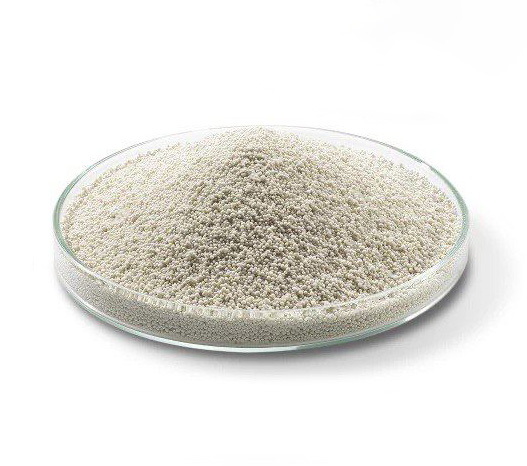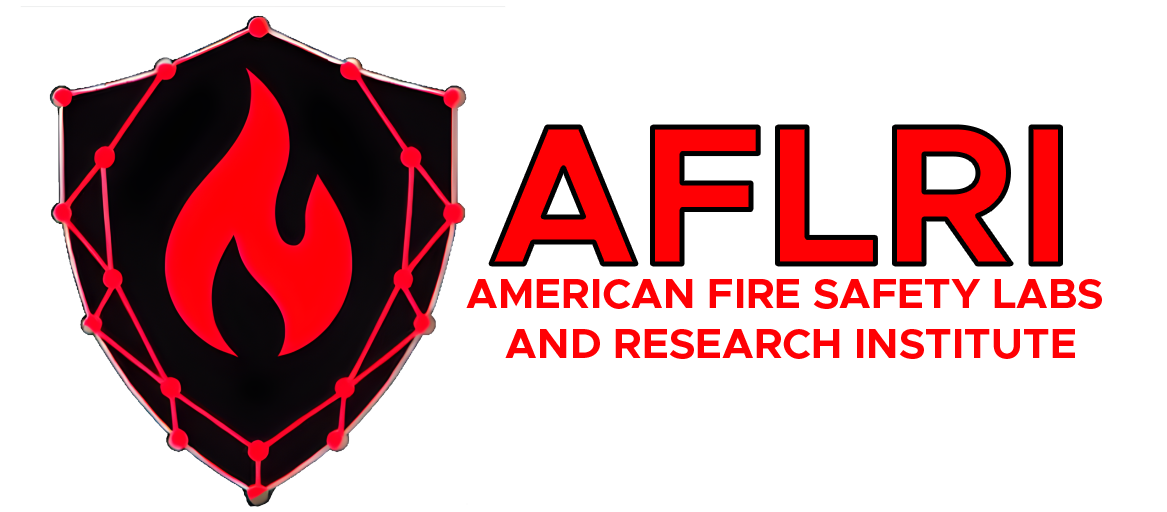Technology

INNOVATIVE TECHNOLOGY OF FIRE SUPPRESSION
The basis of FireGuard products consists of a polymer matrix filled with microcapsules containing volatile high-extinguishing liquid.
In the event of overheating, sparks, or flame (ignition sources) – the microcapsules explosively collapse and release gaseous fire extinguishers in the environment.
Actuation temperature is controlled within 130-220 ° C and above.
The major advantage of this technology is high performance, versatility, ease of use, the possibility of elimination of fires of A, B, C, and E classes, the minimum amount of extinguishing liquid, and the ultimate safety for people and the environment.
HOW DOES IT WORK?
When capsules reach an operating temperature of 120°C, they burst and release an active fire suppression agent. The active agent can extinguish fires of class A, B, C, E and is intended for the protection of electrical equipment. Until the temperature is reached, capsules remain intact within the range of ambient -40°C to +75°C.
APPLICATIONS
Scope of application of FireGuard products: Residential and Commercial Buildings, Boats and Yachts, Server rooms, Industrial Facilities, Transportation and Logistics, Electrical equipment, Electronics and Communication, Wind and Solar power System.
TECHNOLOGY
FireGuard – is a new level of maintenance of fire safety performance. The nanotechnology, which is based on microencapsulation of extinguishing agents, significantly reduces the risk of fire at the earliest stages
RELIABILITY
FireGuard – products complement regular firefighting systems, fundamentally improving the reliability of protection against fire. It is non-toxic, eco-friendly, and does not damage surroundings.
AUTONOMOUS
FireGuard – autonomous firefighting system and is the essential component of any fire protection system, suppressing the fire source. It is activated automatically regardless of alarm systems, fire extinguishing systems, emergency power outages, and human errors.
R&D
We are constantly working on identify the key areas where research is needed for improving the effectiveness of our products. This includes areas such as extinguishing agents, delivery mechanisms, user-friendliness, environmental impact, and more. To develop an effective R&D strategy for a fire suppressant system, we consider the following steps:
